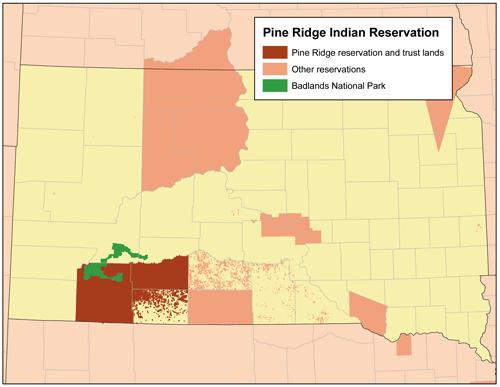CLA Blog
Field Methods: The Lakota Language
The Lakota language is a Siouan language predominantly spoken in and around the Great Plains region of the United States and Canada, particularly in present-day North Dakota and South Dakota. It is one of three dialects of the Sioux language, alongside Dakota and Nakoda. Lakota has a rich oral tradition and continues to play a central role in cultural practices, ceremonies, and storytelling.
Like many Indigenous languages, Lakota has faced dramatic decline due to the effects of colonization, forced assimilation, and the residential boarding school system. Today, only a few thousand fluent speakers remain, most of whom are elders. However, revitalization efforts led by community members, educators, and linguists have helped reinvigorate interest in learning and speaking Lakota.
A linguistic field methods class is a type of course offered in many university linguistics programs. These classes provide students with hands-on experience working with a speaker of a lesser-studied or endangered language, often an Indigenous or minority language. The goal is to document the structure and use of the language, typically with the help of a fluent speaker who serves as a language consultant.
Students in field methods classes learn how to:
- Ask questions about pronunciation, grammar, and meaning
- Build a phonetic inventory (the sounds of the language)
- Understand sentence structure and word formation
- Collect texts and stories
- Transcribe and analyze real language data
These classes emphasize respectful collaboration and ethical practices, especially when working with Indigenous communities. The knowledge gathered can support revitalization efforts, especially when it is shared back with the community in the form of dictionaries, lesson plans, or recordings.
In the California Language Archive’s collections of Lakota materials from Berkeley graduate field methods courses (here, here, and here), all the speakers are from a reservation in South Dakota called the Oglala Sioux Tribe or the Pine Ridge Indian Reservation. The map below highlights in red the territory.

These field methods classes were held at different times, in 1964-1965, 1974-1975, and 1980. Though the exact recruitment method is unknown, the speakers likely lived in or around the Bay Area.
- Eva Martin Brown, Pine Ridge, SD (1980)
- Mary Afraid of Enemy McDaniel, Pine Ridge, SD (1980)
- Ruby LaPointe Swift Bird, Pine Ridge, SD (1964-1965, 1974-1975)
- Stella Red Star, Pine Ridge, SD (1964-1965)
Knud Lambrecht’s field notes from the 1980 class include wordlists of various topics (kinship, animals, etc.) as well as sentences and grammatical analysis. Topics across all the fields methods classes include phonology, morphology, syntax, and miscellaneous wordlists and transcripts of the language. Some contents in the notebook include topics on question particles, tense, and gendered command differences.
Questions
Lakota questions tend to end in “he.” It always signals that the sentence is a question. For instance, “Le igmu kin hecha he?” which is “Is this a cat?” Lambrecht’s notebook has this on page 57 with “Do you eat?” being “Yata he?”
Future Tense
Lakota has a future tense particle “kte.” It changes to “kta” when it follows a question, for instance, a sentence that might translate to “Will you do X?” Here is an example of both being used in a sentence, also on page 57: “Unyake lowanpi kta he?” translating as “Will you sing for us?”

Commands
There are different endings on commands based on the gender of the speaker. These arise in usually just two variants of the same word.
On page 90, there is “wayatkan ye!” in which “ye” is commonly stated to be a more feminine ending. This means “drink!”
On page 91, there is “ayupta yo!” in which “yo” is commonly stated to be a more masculine ending. This means “answer/reply!”
As of 2025, the Lakota language is critically endangered, with a few thousand Native speakers. The study of Lakota through field methods classes is not just about academic research — it is about healing, empowerment, and cultural survival. By combining linguistic tools with community knowledge, we can support the preservation and revitalization of languages that hold centuries of wisdom and resilience.
Whether you’re a student of linguistics, a language learner, or someone interested in Indigenous issues, methods used in a field methods class are a good toolkit to understanding the structure and meaning (as well as culture) of Lakota language.
And in the sense of cultural continuity, there is a lot to consider when discussing language revitalization. When discussing the ethics of language revitalization, a lot of time and effort must be devoted to ethical considerations on who benefits from what materials in the research process.